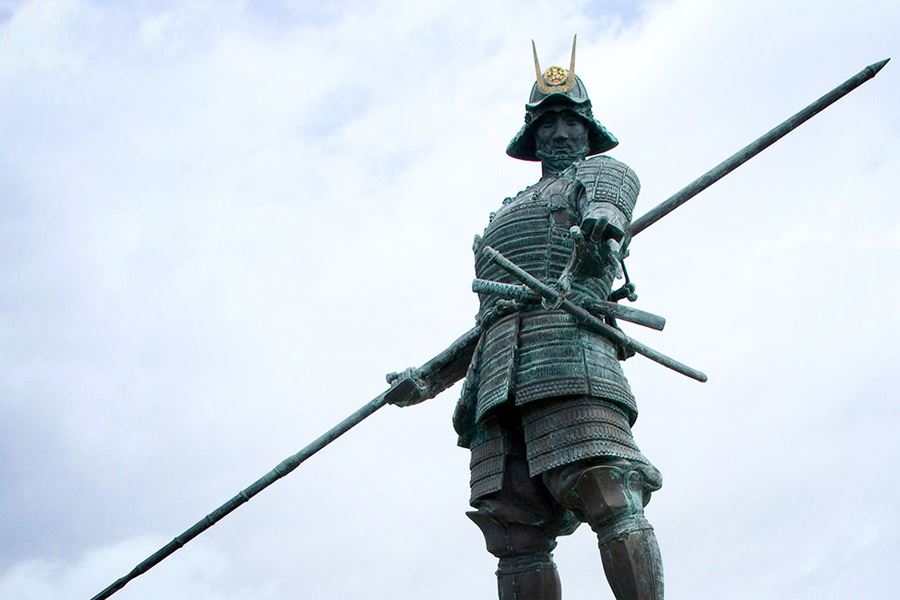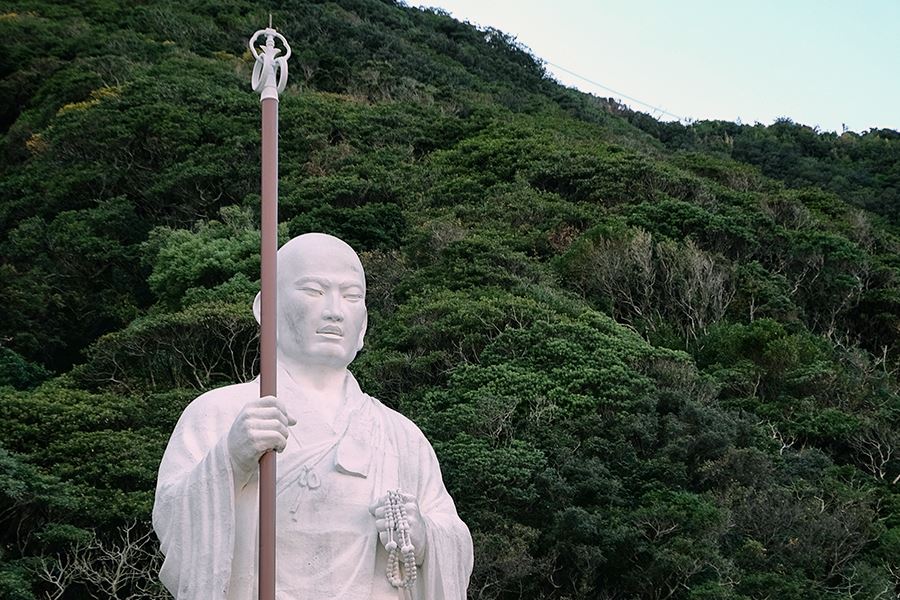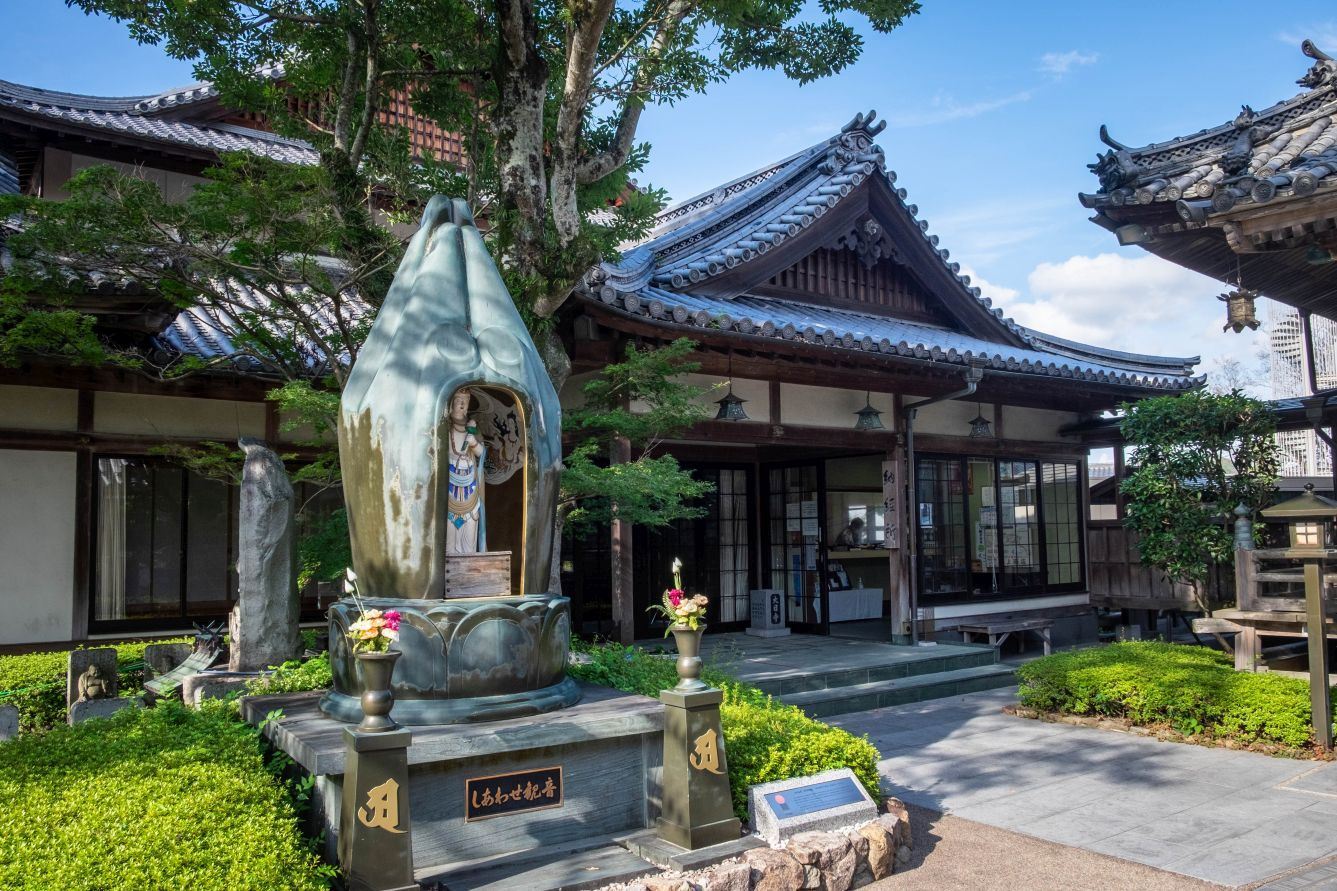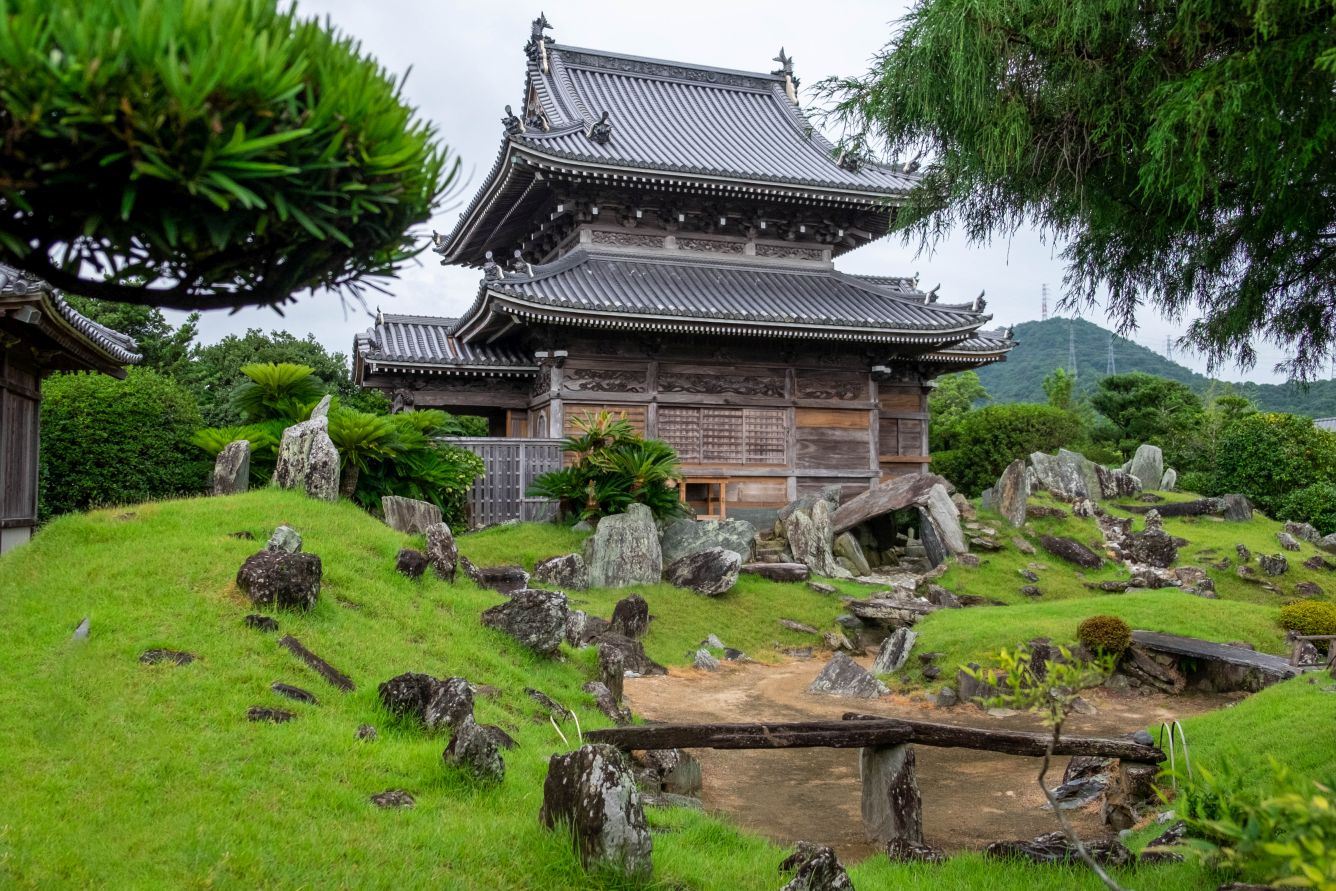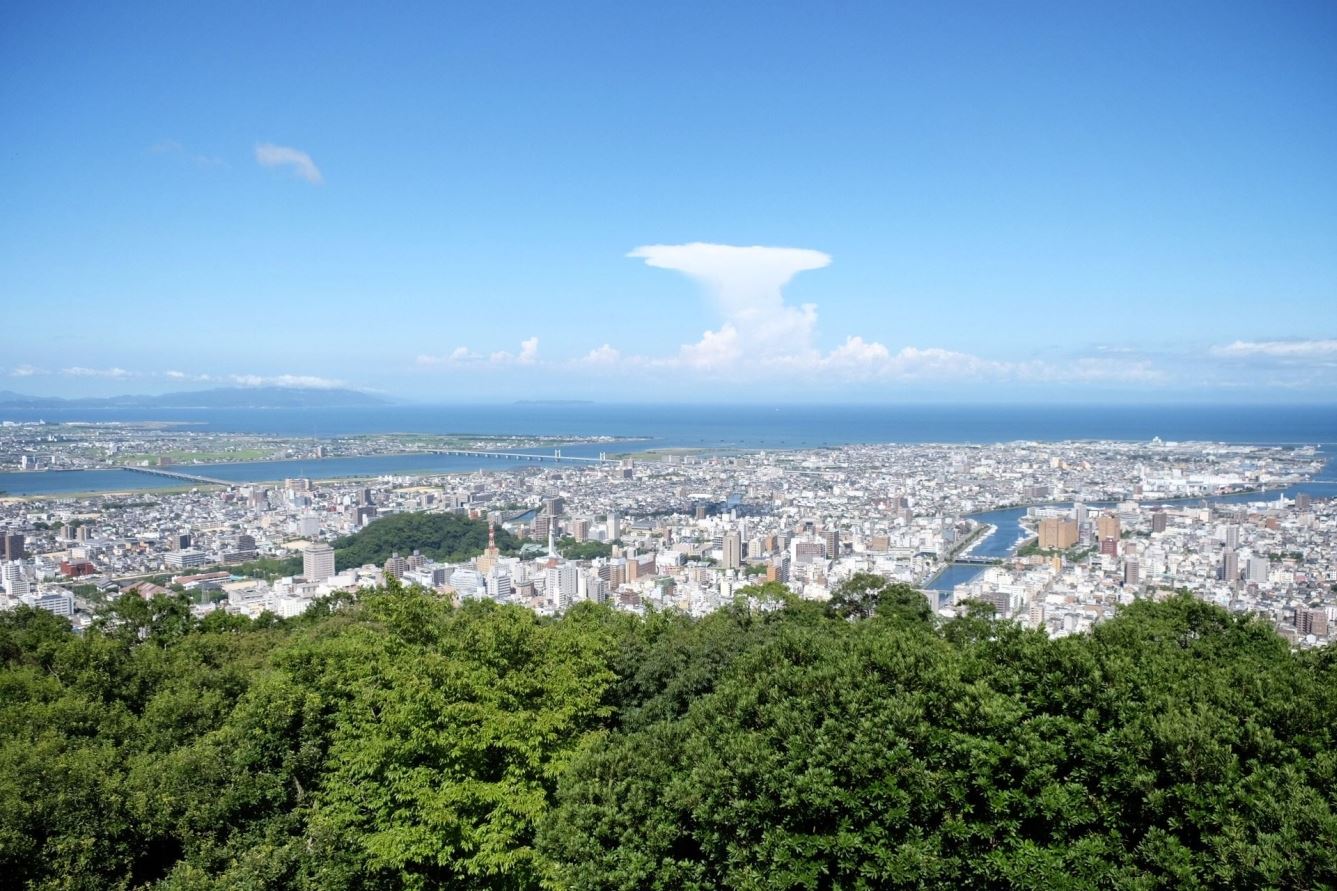Temple 14, Jōraku-ji
Home » Temple 14, Jōraku-ji
Temple 14, Jōraku-ji
Jōraku-ji is temple No. 14 on the Shikoku Pilgrimage, or Henro. It stands in the hills on the south side of the Tokushima rift valley, just outside the city of Tokushima.
What to see
This temple has one of the most unusual courtyards of the pilgrimage. It was built on a tilted outcrop of mudstone, with stone walls to supplement the natural rock. The mudstone seems to erupt out of the fabric of the temple, appearing in the middle of the approach steps, and especially between the main hall and Daishi Hall.
Near the start of the approach is a large pond. From here, a bridge crosses a small canyon and steps lead up to the main compound. The washbasin and belfry is to the left, and the temple office to the right. A flat area is flanked by a statue of Kannon and the Buddha. In front of you over a rocky outcrop stands the main hall with the Daishi Hall on the right. There’s a row of fine stupas to the left and an interesting stone Buddha.
History
In the Muromachi period, Jōraku-ji was the place of prayer for Hachisuka Mitsutaka, the third lord of the Tokushima domain. The temple was destroyed by the forces of Chōsokabe during his unification of Shikoku. However, early in the Edo period it was rebuilt, and in 1818 , it was moved from its original location on the valley floor to its current place, at the top of some 50 steps.
The temple was founded by Kūkai, who carved a statue and built a temple. Kūkai’s nephew Shinzen built the main hall, and the saint Kishin built the lecture hall, three-storied pagoda, and other buildings required for a major temple. Everything was burned down by Chōsokabe Motochika. It was rebuilt in the valley below the present location by Hachisuka Mitsutaka, the lord of the Tokushima domain, in 1659.
In 1815, a request was made to rebuild the temple on the original mountain. Three years later, the bedrock of crystalline schist on the ridge was excavated to create an area of about 5,000 square meters. The temple was relocated to its present location, about 50 steps up from the valley.
Legends
Kūkai founded the temple when he was in the area practising austerities to ward off the ill-fortune associated with the age of 42 in eastern astrology. He saw a vision of Miroku Bosatsu, the Buddha who is believed to appear in the future. Kūkai carved a statue of Miroku and built the temple to house it. This is the only temple on the pilgrimage dedicated to the future Buddha.
Legend has it that a woman carried her crippled husband five times around the entire pilgrimage, praying to Kūkai to cure him. On the sixth circuit, they swore to commit suicide if he wasn’t healed by the end of that trip. When they reached Jōraku-ji, the husband was healed, and they walked the rest of the pilgrimage together.
Information
Name in Japanese: 常楽寺
Pronunciation: jōraku-ji
Address: 606 Enmei, Kokufucho, Tokushima 779-3128
Related Tours

Experience the most beautiful and interesting temples of the Shikoku Pilgrimage in seven days.

A tour for families or friends, staying in the most characterful kominka and ryokan of Shikoku.

Visit the most beautiful and interesting temples of the Shikoku Pilgrimage and walk the toughest trails.

